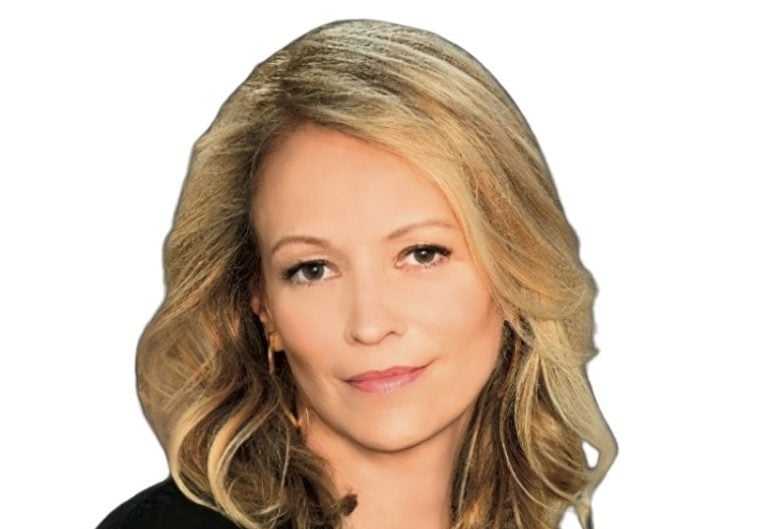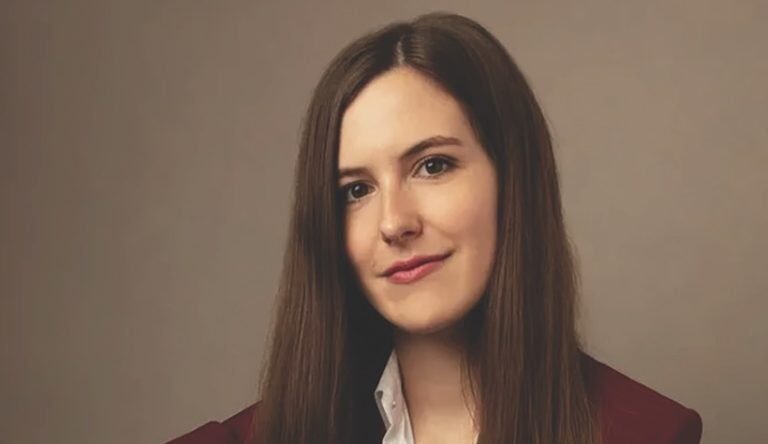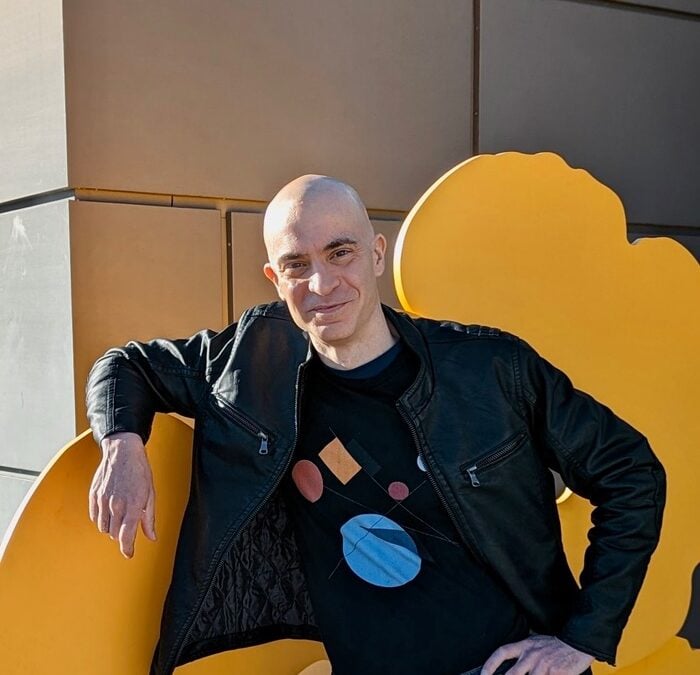The multi-millionaires and billionaires of the past donated fortunes to the arts, education, conservation, and other charitable causes. But they often amassed those fortunes on the backs of the environment, workers, or communities. The gifts may have been an effort to make up for the downsides of their business models in place of reforming those models.
That’s changing, to some extent, among the younger generations of high net worth ($1-5 million in liquid assets) through ultra-high net worth ($30 million or more)—especially those who are inheriting their fortunes. Surveys, anecdotes, and hard data show that at least some (though it’s hard to say how many) are looking to erase the line between commerce and the common good. They are trying to clean up the family business or invest in sustainable new ventures rather than just cutting checks to charity. And when they donate money, it’s often to different causes, with different timetables and expectations.

Focus on Environment and Society
“They tend to have a different perspective on the purpose of the wealth. They tend to want to be more involved in awareness of social, environmental, and political issues that advocate causes like climate change, social justice, and mental health,” says Nikè Anani. The daughter of a wealthy Nigerian entrepreneur (whom she declined to identify) works with her Millennial inheritor peers as director of next-gen advisory at Northern Trust. “They want to bring onboard more technology, or infuse more sustainability measures into the family business, or take the philanthropy or investing in a different direction,” she says of the “next-gen” and “third-gen”, AKA the children and grandchildren of fortune-building entrepreneurs.
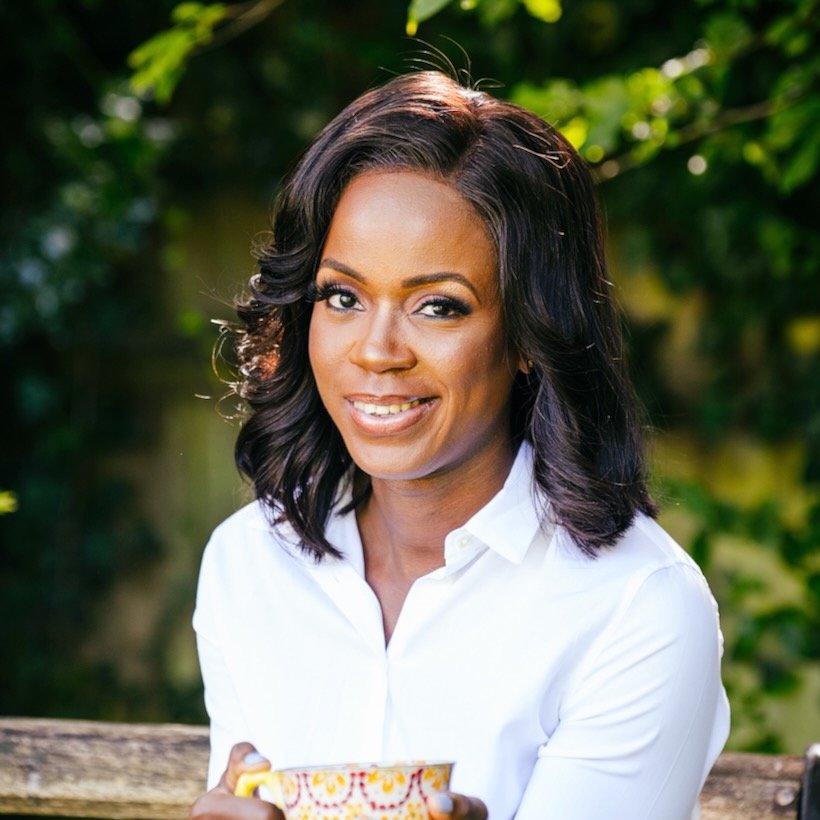
If widespread, this trend could substantially remake business and philanthropy. The world is in the midst of a massive generational wealth transfer, with Baby Boomers poised to shift up to $53 trillion to their heirs through 2045 (according to research by Cerulli). At the pinnacle of affluence, UBS estimates that 1,000 billionaires will pass $5.2 trillion to their children in the coming 20 to 30 years. (In 2023, for the first time, more new-billionaire wealth came from inheritance than from self-made fortunes, according to the UBS/PwC Billionaires database.)
(Nikè Anani)
“I am in touch with a younger generation of people who are inheriting wealth, who definitely have different priorities there,” says Chuck Collins, a Boomer who directs the Program on Inequality and the Common Good at the Institute for Policy Studies. A nonprofit advocacy salary wasn’t the expected path for Collins. In 1986, this heir to the Oscar Meyer fortune donated to charity his entire trust fund of $500,000—about $1.4M in today’s money. He describes the journey in his 2016 book Born on Third Base.

Collins’s give-it-all-away is an extreme case. The notion that they will still be well off, no matter what, may be giving young inheritors more courage to take a different path. They have the “psychological and the physical or financial wherewithal to take risks,” says sociology professor Paul Schervish. The founder and director of Boston College’s Center on Wealth and Philanthropy has been researching the values and motivations of affluent people around giving since the 1980s.
“My daughters are fine,” says Jen Risher, author of We Need to Talk: A Memoir About Wealth. “Because of the way their trusts were set up when we first came into money, they don’t have to worry.” She and her husband, Lyft CEO David Risher, struck it rich in the dotcom boom at Microsoft and Amazon.
Risher, who’s 58, says that her 24-year-old daughter is especially focused on putting resources towards climate and the environment, while the 26-year-old is concerned about “racial justice.”
The parents are leading a movement encouraging the wealthy to give away money quicker, with fewer strings attached. “I think there’s definitely a trend for people kind of saying, ‘I don’t think I want this money,’” she says, although concedes it’s “probably pretty niche.”
Remaking Businesses Around Values
Shy of giving away the family fortune, some contingent is exploring new ways to direct that money. “Millennials are definitely changing the companies’ practices around labor and compensation and ecological principles,” says Collins, although the dynamics of privately held firms are murky. “We just know that there’s generational negotiating going on within those companies,” he says.
Sometimes, fulfilling their values means striking out independently (though perhaps with family backing). Anani sees a rising trend with “more of them asking, ‘How can I do this and contribute to the family’s legacy while also building out my own career or building out a wider business and building out my activities?’”
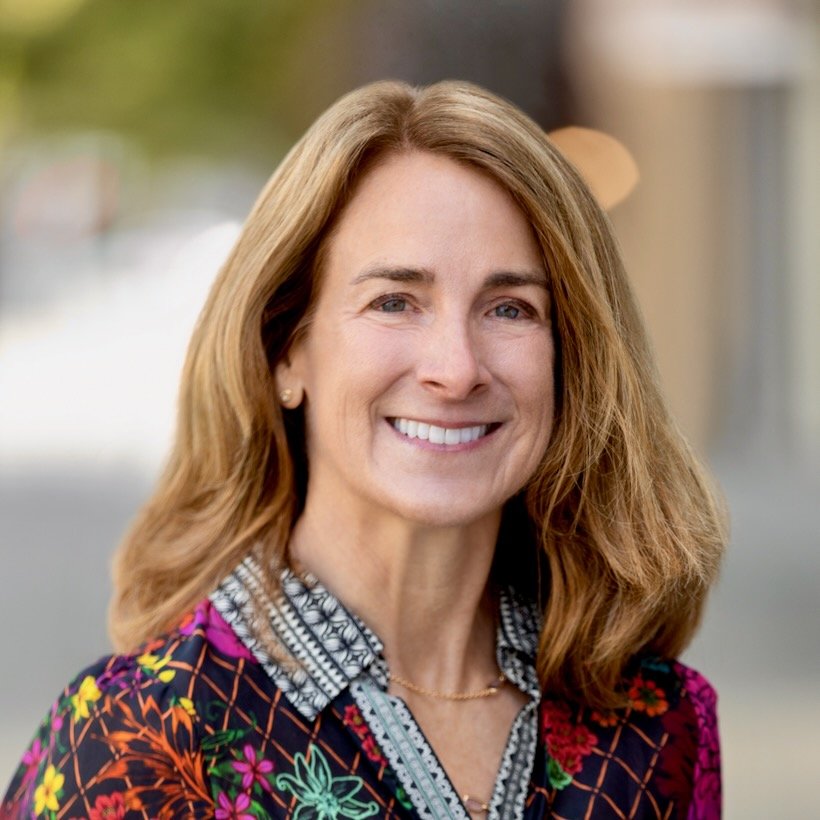
There are few “pure philanthropists” writes UBS, based on a survey of 79 clients in its 2023 Billionaire Ambitions Report. But it identifies a widespread “sustainable innovation” trend—putting sustainability at the center of business decisions. The report mentions two German brothers investing in projects such as recycling and green hydrogen production. However, UBS doesn’t name names. (I asked both UBS and Northern Trust if any of their clients would consent to an interview, even anonymously. There were no takers.)
(Jen Risher)
Whether called climate, sustainability, or environment, concern for the planet is likely the biggest focus for heirs looking to make positive changes. It was the one clear signal in the billionaires survey, says Judy Spalthoff, head of the UBS Family Office Solutions Group (which focuses on ultra-high net worth clients). “Creating companies that have a sustainable edge, investing in companies that have a sustainability focus, things like that—we’re seeing that more and more,” she says.
Collins also sees value in keeping or even putting money into companies that may not be so socially or ecologically forward thinking—to exert pressure from within, such as through shareholder resolutions. Tech billionaire Mike Cannon-Brookes (born just two years too early to be a Millennial) has dropped $460 million for a 10% share in AGL, the largest electricity generator and CO2 emitter in his native Australia. That’s allowed him to thwart some of the company’s plans and install four new board members.
“I think the main argument tends to be in a lot of brown sectors, there needs to be more investment to fund the transition from brown to green,” says Dean Frankle of Boston Consulting Group. He serves as lead for asset and wealth management in the UK, Europe, the Middle East, South America, and Africa.
Making Money on Social Investing
There’s a spectrum of ways that young people are rechanneling their wealth, falling under broad umbrella terms such as social or impact investing. These may include bonds and low-interest loans to companies or projects promising positive social results. “Social and development impact bonds are becoming increasingly mainstream,” says Spalthoff. “They were really, really, really niche for a long time.”
“We think of it as investments that are intentionally focused on generating positive and measurable social and environmental impacts, alongside financial returns,” says Tim Freundlich, founder of nonprofit investment firm ImpactAssets. The organization reports over 2,000 clients (many high net worth Millennial and Gen Z heirs) and over $3 billion in assets under management. The Global Impact Investing Network (GIIN) tallied up 308 impact investors internationally, totaling 371 billion AUM, in its 2023 allocations report.
Not all investing that promises social good requires special effort, especially in the environmental realm. For instance, UBS’s Billionaire Ambitions Report shows plenty of new money going into the green-energy transition—a process already goosed by tax incentives and other funding, including hundreds of billions in the U.S. by the 2022 Inflation Reduction Act.
“An investment about achieving renewable technology is a great investment, as an asset class,” says Frankle. “You’d be missing out if you weren’t seeking to address or seeking to invest in these particular areas.”
In Bank of America Private Bank’s 2022 Study of Wealthy Americans, 73% of millennials surveyed reported owning some assets that are considered “sustainable investments”—vs. 21% of older participants.
But impact investing often focuses on causes that are neglected or need an extra nudge, providing what the industry calls catalytic capital. “It’s applied to filling gaps in environmental and social problems in the world,” says Freundlich, “and designing solutions to fill them…that can be a very good risk-adjusted-return investment.”
He names affordable housing. The Federal Community Reinvestment Act requires U.S. financial institutions to support affordable housing in disadvantaged communities (if banks want to maintain good ratings). But projects need to get to a certain stage before the CRA kicks in, says Freundlich. So impact investors have created revolving funds to cover the earlier stages. “That’s something where it really wasn’t that high risk,” he says. “These were really well-tenured, successful community development corporations that had done whole portfolios of projects.”
Some experts, such as Anani, do see young heirs’ interests ranging beyond the environment. “I’ve seen climate, I’ve seen education, I’ve seen health, I’ve seen gender. It’s really across the board,” she says.
Does Impact Investing Pay Off?
Frankle sees interest from younger people around cause-based investing, especially on energy and resources—to a point. “I think you will find clients that are very passionate about all these factors,” he says. “But the moment you show them the investment returns, they say, ‘Well, I care about it, but I don’t care about it that much to lose money on it.’” I press him on the notion of losing money. Does it mean negative returns, or just lower returns than with other investments? “I think it’s both,” he says.
According to the 2023 GIIN report, 74% of impact investors are targeting market-rate returns (others are willing to settle for less, or just keep up with inflation). Seventy-nine percent reported either outperforming or performing in line with their financial expectations; and 88% said they met their “impact” expectations. “Almost 90%, nine out of 10 impact investors, [feel they] are having their impact intentions met,” says Freundlich. “Which is really important because that’s the whole point, right?”
While it may not be for everyone, the broad movement to social/sustainable/impact investing is creating a demand for financial advice—one that’s not being met. “Their financial advisors aren’t providing it. Their wealth advisors are kind of like, ‘Talk to the hand,’” says Freundlich.
“I think the major impediment is often upskilling the relationship managers to be able to feel confident enough to have a conversation on it,” says Frankle. “Because it can become quite technical. And often it’s…outside of their skill set.” Some firms are trying to build this expertise in-house, he says, while others are tapping outside specialists.
Younger Generations Rethink Philanthropy
The move to investing in, rather than simply giving to, social good is already nipping at traditional philanthropy. But the ultra-rich are still donating, just in different ways. “The rising generation is not just interested in local impacts, but also these global causes,” says Anani. Risher says that, while their parents gave to hospitals, the arts, or their university, young heirs are thinking harder about what matters to them personally, and these are often more global than local causes.
This fits into a more hands-on approach overall. “They don’t just want to write a check. They want to use the human skills of human capital, social capital. They want to be involved in debate,” says Anani. “They want to evaluate the impact and the results that they’re giving on an ongoing basis.”

There’s an interesting dichotomy here. Growing up in a tech-rich, data-driven world, some young donors are focused on systemic change and verifiable results, but they may also trust the nitty gritty to the recipients. “They do not want to micromanage those donations as much. There’s a humbleness and a realization that those closest to the causes are able to solve the problems the best,” says Northern Trust’s chief fiduciary officer, Pam Lucina. However, “they still want the data and the accountability, that those are making an impact. And if they don’t make an impact, they’ll be the first to move those donations elsewhere.”
Though she’s not a Millennial, MacKenzie Scott keeps coming up in these conversations. The 53-year-old novelist and early Amazon employee exited her marriage to Jeff Bezos in 2019 with over $38 billion in Amazon stock. Since then, she’s given away over $16 billion. (Although with the appreciation of her assets, she still has over $34B, according to Forbes.)
“What a leader in the space,” says Risher. “I love the speed with which she’s given, the amount which she’s given…very community-centered, where the people on the front line know best how to put money to use.”
Tensions over Donor-Advised Funds
Another dichotomy, or tension, shows up in the mechanisms for giving away money. Lucina says she’s seeing a trend away from traditional foundations toward donor-advised funds. These charitable investment funds are administered under a nonprofit, but with the donor retaining some influence. A DAF could better embody the active-participant ethos of younger donors. (ImpactAssets’ clients invest through DAFs.)
But DAFs have developed a bad reputation. “The IRS is aware of a number of organizations that appeared to have abused the basic concepts underlying donor-advised funds,” reads the Service’s information page on DAFs. Among the abuses, it lists “questionable charitable deductions,” “impermissible economic benefits to donors and their families,” and improper “management fees for promoters.”
They’re also just slow to part with money, says Risher. U.S. tax law requires foundations to give away 5% of their net asset value annually; DAF’s have no distribution requirements. “The idea of them is great in the way to streamline and make it easy to give,” she says. “However, there’s no impact requirements. It’s a big problem.” To mobilize donations during the pandemic, she and her husband launched the #HalfMyDAF initiative on May 1, 2020. It provided matching funds to DAFs that gave away half of their assets by September of that year and has had the same terms and timeframes in subsequent years. The project has shaken $50 million loose so far.
How Big is this Social-Good Movement?
People across the financial spectrum—from those boosting billionaires to those trying to knock them down—agree that something is afoot among the affluent younger generations. But they don’t agree on the scale of this movement, or how to define it.
“I’d say a good 40% fall into that category,” says Anani of her change-minded clients. Lucina, her Northern Trust colleague, pegs it as larger. “I would say about 75% of our next-gen clients think this is very important,” she says.
Chuck Collins has a more circumscribed view, noting that many young affluents are lobbying to abolish the estate tax or using charities in an unethical way to avoid other taxes. “It might be just a five or 10% segment,” he says, “that’s not just cheering and popping the champagne cork but thinking critically, reflecting on legacy differently.” But he concedes that his assessment, like all the ones I encountered, is anecdotal. The ultra-wealthy are often ultra-private (Collins cites the UBS Billionaires report, despite it being a small and extra-elite survey, as still one of the most-insightful sources.)
What’s more, people define social consciousness in their own way, from radical to incremental. Activists like Collins and Risher may set the bar higher for transforming wealth distribution and abolishing dynasties. Wealth advisors are looking to positive reforms within the overall economic and financial order.
And some portion is likely just focused on enjoying their riches. “You can chart this with the growth of private jets, the European villas, the cars, the horses, the ranches, the multiple homes,” says Paul Schervish of Boston College.
“They are more able to be striking out on their own and more visibly as consumers, jet setters, philanthropists, environmentalists,” he says. “So, whatever their direction of choice, they have been granted greater capacity, both psychological wherewithal and financial wherewithal, both the ability to dream big and…the confidence to achieve it.”





